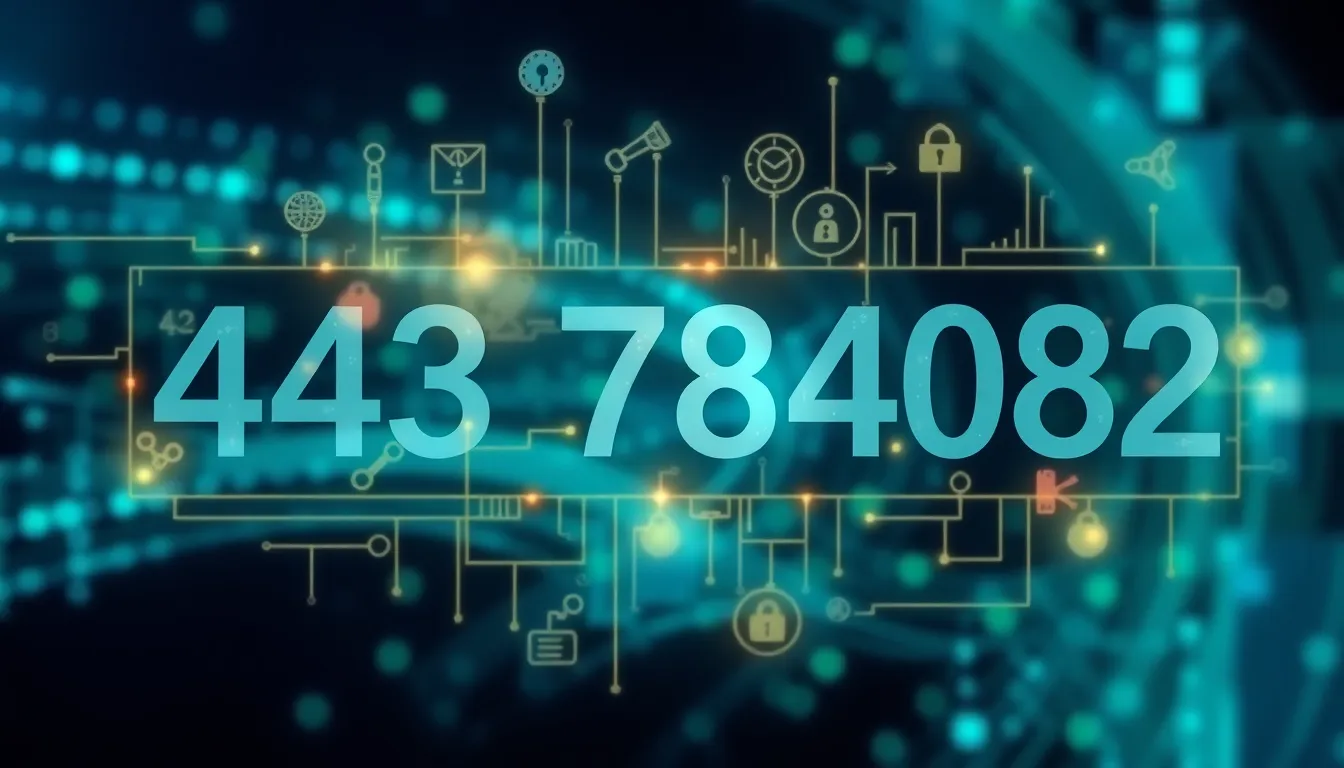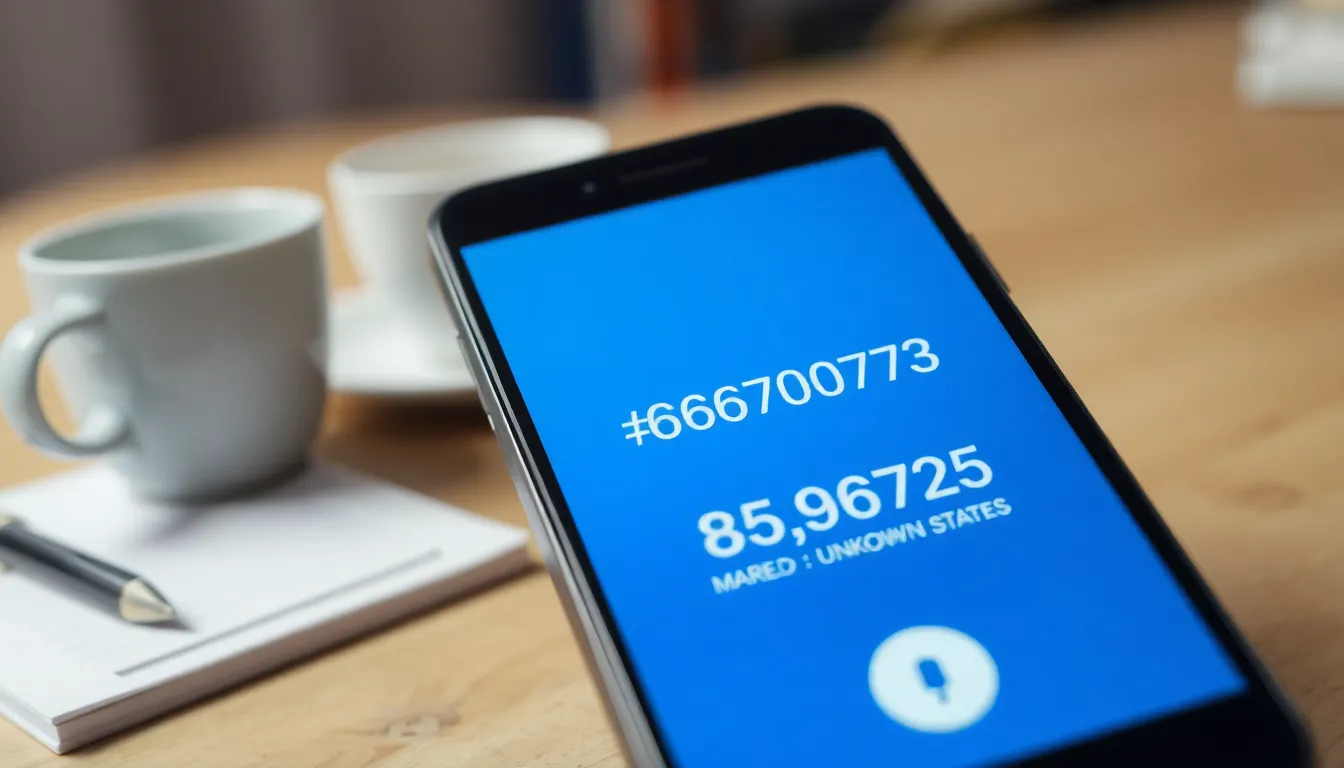In the fast-paced world of texting, acronyms and slang can feel like a secret language. One term that’s been popping up more often is “awl.” But what does it really mean? If you’ve found yourself scratching your head and wondering if it’s a typo or some new trend, you’re not alone.
Imagine your friend drops “awl” in a conversation, and you’re left pondering if they’re talking about tools or something entirely different. Fear not! This article dives into the meaning of “awl” in text, unraveling its origins and usage. Get ready to impress your friends with your newfound knowledge and maybe even throw in a chuckle or two. After all, understanding text lingo can be just as satisfying as finally figuring out that one puzzle piece you thought was lost forever.
Table of Contents
ToggleUnderstanding Text Slang
Text slang evolves rapidly, creating new expressions that often baffle users. The term “awl” serves as a prime example. Often mistaken as a typo for “all,” it can represent a genuine attempt at communication in certain contexts. Recognizing these nuances enhances comprehension of modern interactions.
Users frequently employ slang for brevity. This practice saves time in conversations, especially on social media platforms where character limits exist. Familiarity with terms like “awl” can streamline exchanges among friends. It connects them, creating a shared language that fosters community.
Different interpretations of “awl” arise. In some circles, it stands for “all,” while in others, it may carry a unique connotation. Understanding the intended message relies on context. When friends use “awl,” it likely aligns with familiarity among them.
Online forums discuss the evolution of text slang, leading to widespread adoption of terms. The importance of context in these discussions cannot be overstated. Users often define their own meanings based on shared experiences, which evolve over time.
Many slang elements blend into everyday language. The use of “awl” exemplifies how casual communication shapes interpersonal dynamics. Staying informed about these trends encourages open dialogue and reduces miscommunication.
Exploring the origins and usage of terms enhances overall understanding of text slang. This approach promotes clarity in digital conversations. Awl may appear simple, yet it holds layers of meaning worth uncovering.
The Meaning of Awl

The term “awl” in texting can often lead to confusion among users. It represents both an abbreviation and a potential typo, making understanding its meaning essential.
Definition and Usage
“Awl” commonly stands for “all.” Texting employs this shorthand to save characters and promote quick communication. Users incorporate “awl” into casual conversations to convey inclusivity or collective sentiments. Various social media platforms and messaging apps popularize this kind of abbreviation, enhancing communication efficiency. In scenarios where brevity matters, such as Twitter, “awl” provides a familiar and relatable option for users.
Contextual Examples
When texting with friends, one might say, “Awl go to the party together,” meaning “We’ll all go to the party together.” In another instance, someone might text, “Awl of us are excited,” indicating shared enthusiasm. These examples clarify how “awl” retains its meaning of “all” within the context of friendly exchanges. Familiarity among friends often contextualizes the term, reducing the potential for misunderstanding. Additionally, in group chats, commonly used phrases like “Awl for one and one for awl” create a sense of camaraderie and reference collective participation.
Variations and Alternatives
Texting slang evolves rapidly, leading to several variations and alternatives to “awl.” Users often create new expressions, enhancing the digital communication landscape.
Similar Slang Terms
Common slang terms like “y’all,” “all,” or “u” serve similar functions. “Y’all” represents “you all,” fostering inclusivity in conversations. “All” functions like “awl,” used to indicate collective sentiment. Casual messages often replace “you” with “u,” maintaining brevity while conveying messages swiftly. Each term underscores a common goal: simplifying communication while preserving meaning, particularly in platforms like Twitter and Instagram.
Acronyms Related to Awl
Several acronyms relate closely to “awl” in the texting world. “LOL” stands for “laugh out loud,” while “BRB” represents “be right back.” Additionally, “TTYL” means “talk to you later.” Each acronym enhances brevity, similar to how “awl” condenses “all.” Users prioritize quick exchanges, relying on these acronyms to convey feelings or states efficiently, enabling seamless, rapid conversation online.
Impact on Communication
The term “awl” influences how users interact in text conversations. Many people might confuse it with a typo rather than a deliberate choice.
Clarity and Misinterpretation
Clarity plays a vital role in effective communication. Using “awl” can lead to misinterpretation if the recipient does not recognize slang. Slang terms shift quickly, and they often depend on the relationship between the users. A message that states, “Awl are going to the game,” is interpreted differently by close friends versus someone unfamiliar with such abbreviations. Emphasizing context minimizes confusion and enhances understanding among users. Sharing familiarity with terms like “awl” invites richer interactivity and engagement.
Audience Perception
Audience perception significantly affects communication success. Recognized slang fosters a sense of belonging among users who understand its meaning. Someone unfamiliar with “awl” might feel excluded, perceiving the message as chaotic or unclear. Conversely, a shared understanding cultivates community and strengthens connections among friends. Users often adopt slang based on their audience, adjusting language to resonate with particular groups. This dynamic reinforces the importance of being aware of the audience’s familiarity with terms, ensuring clarity and connection in every conversation.
Understanding the term “awl” is essential for navigating modern texting culture. Its usage reflects a shift towards brevity and inclusivity in communication. As language evolves in the digital age, being familiar with terms like “awl” can enhance interactions and foster community among users.
Recognizing the context in which “awl” is used helps avoid misunderstandings. This awareness not only clarifies conversations but also strengthens connections in social exchanges. Embracing such slang enriches communication, allowing individuals to express themselves more effectively in a fast-paced environment. Staying updated on text lingo is crucial for anyone looking to connect meaningfully in today’s digital landscape.




